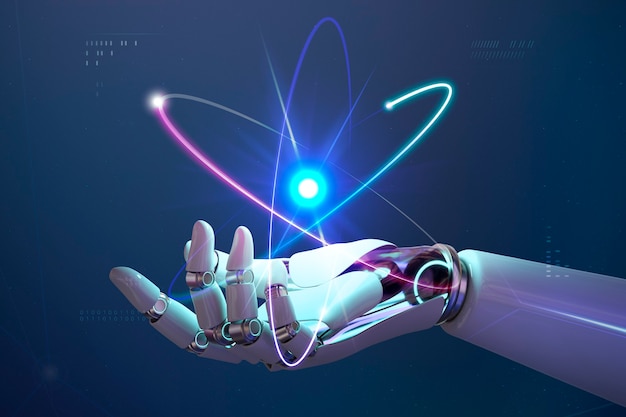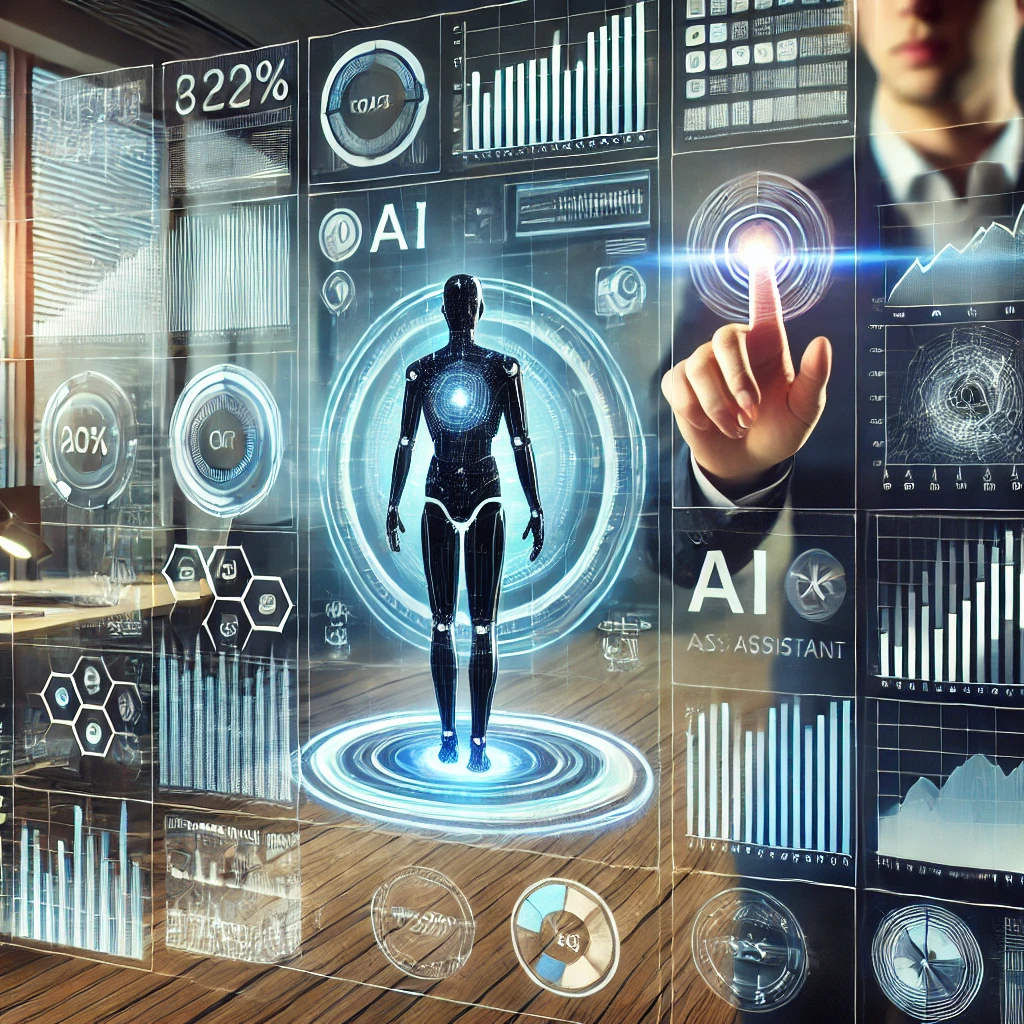Generative AI is reshaping the landscape of content creation, offering transformative tools that redefine how businesses approach their marketing and creative strategies. By automating the production of blog posts, images, videos, and even full-scale marketing campaigns, generative AI not only accelerates workflows but also introduces unprecedented levels of personalization and scalability. Despite its vast capabilities, a core question persists: What is the primary advantage of using generative AI in content creation?
The Technological Shift: What Is Generative AI?

Generative AI refers to machine learning models designed to create new content by learning patterns from existing data. Unlike traditional AI, which operates on predefined rules, generative AI relies on deep learning algorithms, such as those used in GPT models or GANs (Generative Adversarial Networks), to produce outputs that mimic human creativity. From text to visuals and music, the technology has advanced to a point where its outputs are nearly indistinguishable from those of humans.
This evolution has opened doors for businesses to reimagine their content strategies. In the era of digital saturation, where attention spans are short and competition is fierce, generative AI offers tools to produce high-quality, diverse, and engaging content at scale.
1. Unparalleled Efficiency and Speed
One of the most profound advantages of generative AI is its ability to enhance efficiency. Traditional content creation involves multiple stages: ideation, research, drafting, editing, and publishing. Each step requires time and expertise, often involving collaboration across teams. Generative AI condenses these stages into a fraction of the time, offering high-quality drafts within minutes.

How It Works
AI systems process vast amounts of data in seconds, extracting insights from trends, keywords, and audience behavior. With this information, they generate content tailored to specific needs, reducing the need for manual intervention. For instance:
- Article Creation: AI tools can write detailed blog posts, complete with citations and structured arguments.
- Social Media Management: Platforms like ChatGPT or Jasper AI can draft posts optimized for engagement across multiple channels.
- Video Scripting: AI generates scripts and storyboards for video content, significantly shortening production cycles.
Benefits for Businesses
For small businesses and startups, the efficiency of generative AI can level the playing field. Limited budgets and resources often hinder content output, but AI tools bridge this gap by automating tasks previously reserved for specialized teams. Larger enterprises, on the other hand, benefit from scaling their operations without proportionally increasing costs or workforce.

In an environment where timely content is critical, such as during breaking news events or seasonal promotions, the speed of AI ensures businesses stay ahead.
2. Content Personalization at Scale
Personalization is at the heart of modern marketing strategies, with consumers expecting tailored experiences that resonate with their individual preferences. Generative AI excels in this domain by using data-driven insights to craft content that speaks directly to diverse audience segments.
From Mass Marketing to Micro-Targeting
Traditionally, personalization required extensive manual effort, from analyzing customer data to crafting unique messages. With AI:
- Email Campaigns: AI can segment audiences based on behavior, demographics, or purchase history and generate personalized emails for each group.
- Product Descriptions: For e-commerce, AI tools generate unique descriptions for thousands of items, optimizing for SEO and consumer appeal.
- Dynamic Content: Websites powered by AI can adjust their content in real-time based on visitor profiles, ensuring relevance.
Real-World Impact

A streaming service like Netflix uses generative AI to recommend content by analyzing viewing patterns. Similarly, e-commerce platforms like Amazon generate product suggestions tailored to individual browsing habits. By replicating these strategies, businesses can foster deeper connections with their audiences, driving engagement and loyalty.
3. Creative Support for Human Writers
While generative AI is transformative, its true power lies in its ability to augment human creativity rather than replace it. By acting as a creative partner, AI provides a foundation that writers and designers can build upon.
Overcoming Creative Blocks
Creative professionals often face challenges such as writer’s block or lack of inspiration. AI addresses this by:
- Idea Generation: Tools like ChatGPT suggest topics, titles, and outlines based on current trends or keywords.
- Drafting Assistance: AI generates initial drafts, enabling creators to refine and enhance rather than start from scratch.
- Content Optimization: AI tools analyze drafts for tone, readability, and SEO optimization, ensuring outputs meet audience expectations.
Fostering Collaboration
The synergy between humans and AI enhances the creative process. For instance, a graphic designer might use AI-generated visuals as a starting point, tweaking them to align with brand aesthetics. Writers can focus on storytelling, leaving repetitive tasks like research or editing to AI.
This partnership not only improves productivity but also elevates the quality of final outputs.
4. Consistency and Quality Control
Maintaining a consistent brand voice across multiple platforms is a challenge, especially for businesses operating at scale. Generative AI ensures that tone, style, and messaging remain uniform, regardless of the format or medium.

Automating Quality Assurance
AI tools analyze content for grammar, spelling, and factual accuracy, minimizing errors before publication. They also check for adherence to style guides, ensuring outputs align with brand guidelines.
For global brands, AI can adapt content to different languages and cultural contexts, preserving the original message while making it relevant to local audiences.
Enhancing Trust and Credibility
Consistency fosters trust. When consumers encounter cohesive messaging across touchpoints—websites, social media, email—they perceive the brand as reliable and professional. By leveraging AI for quality control, businesses uphold these standards without overburdening their teams.
Challenges and Ethical Considerations
While generative AI offers numerous benefits, it’s not without challenges.
1. Authenticity and Originality
AI-generated content risks being perceived as impersonal or generic. Businesses must strike a balance by incorporating human touches that reflect authenticity and emotional resonance.
2. Intellectual Property
As AI models are trained on vast datasets, questions arise about the ownership of generated content and the potential use of copyrighted material. Clear guidelines and ethical practices are essential to navigate these issues.
3. Bias and Inclusivity
AI systems can unintentionally replicate biases present in their training data, leading to content that may exclude or misrepresent certain groups. Continuous monitoring and diverse datasets are crucial for mitigating these risks.
Conclusion: The Competitive Edge of Generative AI
The rise of generative AI marks a paradigm shift in content creation, offering tools that redefine efficiency, personalization, and collaboration. Its ability to automate repetitive tasks, scale personalization, and support human creativity makes it an invaluable asset for businesses aiming to thrive in a competitive digital landscape.

At its core, the primary advantage of generative AI lies in its ability to empower creators—freeing them from mundane tasks while amplifying their creative potential. By leveraging this technology responsibly, businesses can deliver compelling content that not only meets the demands of today’s audiences but also sets the stage for future innovation.
As generative AI continues to evolve, its role in content creation will expand, shaping the way we communicate, market, and engage with the world. Embracing its possibilities while addressing its challenges will be key to unlocking its full potential.

